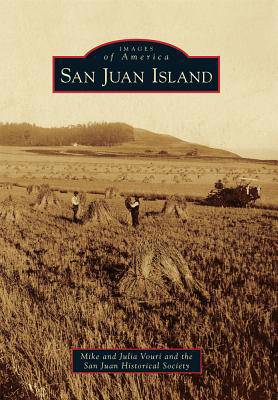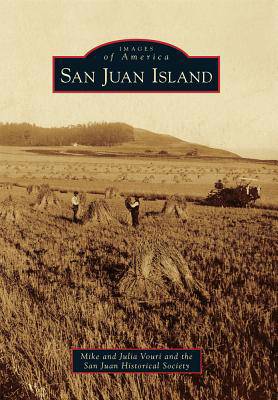
- Afhalen na 1 uur in een winkel met voorraad
- Gratis thuislevering in België vanaf € 30
- Ruim aanbod met 7 miljoen producten
- Afhalen na 1 uur in een winkel met voorraad
- Gratis thuislevering in België vanaf € 30
- Ruim aanbod met 7 miljoen producten
Zoeken
Omschrijving
With sheltered harbors, open prairies, and secluded woodlands, San Juan Island has been a magnet for human habitation for thousands of years. Salmon runs and rich soil promised not only an abundant food source but also a good living for those willing to work hard. But it was not until the islands became the focus of an international boundary dispute between Great Britain and the United States in the late 1850s that San Juan Island drew the attention of Europeans and Americans. These newcomers watched how Coast Salish and Northwest Coast peoples harvested natural resources and adapted their techniques. Settlers and Indians sometimes intermarried, and many of their descendants remain to this day. San Juan Islanders of all generations have worked hard to preserve their home, thus maintaining a sense of place that is as evident today as it was when the first canoes came ashore.
Specificaties
Betrokkenen
- Auteur(s):
- Uitgeverij:
Inhoud
- Aantal bladzijden:
- 128
- Taal:
- Engels
- Reeks:
Eigenschappen
- Productcode (EAN):
- 9780738581477
- Verschijningsdatum:
- 1/11/2010
- Uitvoering:
- Paperback
- Formaat:
- Trade paperback (VS)
- Afmetingen:
- 163 mm x 231 mm
- Gewicht:
- 294 g

Alleen bij Standaard Boekhandel
+ 67 punten op je klantenkaart van Standaard Boekhandel
Beoordelingen
We publiceren alleen reviews die voldoen aan de voorwaarden voor reviews. Bekijk onze voorwaarden voor reviews.











